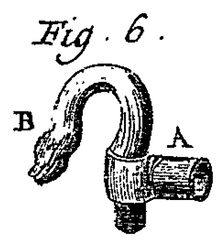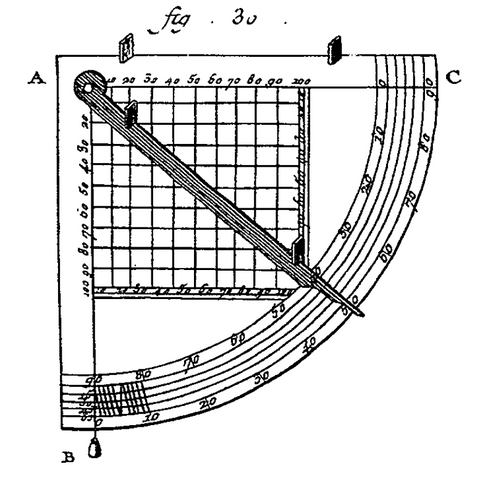On the importance of water.
Many factors contribute to creating the perfect cup of coffee: the quality of the beans, the preparation method, the grind, and even the water.
Water makes up on average 95% of a cup of coffee . This will be significantly influenced by the quality of the water used for its preparation and the temperature at which it extracts the aromatic compounds from the coffee.
Choosing your water - nm

Tap water loaded with impurities that makes you wince with every sip won't be a particularly good addition to your beverage, or at least, your Celsius coffee won't have the same flavor. Take our word for it, we've done the tests, and the difference is striking, so much so that you won't recognize our coffees!
Conversely, water that's ideal for everyday consumption won't necessarily be the best for your coffee. For example, some popular mineral waters may be too rich in certain minerals.
Depending on the geographical location, the water has varying degrees of flavor and mineral content. It is necessary to have water that contains certain minerals to be able to "carry" the coffee aromas, but not too much, so as not to mask them.
---------------------------------------------------------------------------------------------------------------
For the purists

TDS, or "total dissolved solids," is a measure of water hardness, usually expressed in ppm (parts per million). The SCA recommends water at 150 ppm, with an acceptability between 75 and 250 ppm. While TDS is useful to measure, it lacks precision and does not allow for identification of which minerals are present, and in what proportion.
Three elements are important in the composition of the TDS:
- Calcium: helps extract the aromas of coffee, your cup will be tasteless if it is lacking, and conversely may develop undesirable sensations if it is excessive (earthy, heavy sensation). Calcium, combined with carbonates in water, becomes calcium bicarbonate and will form limescale, so it should be limited in a coffee machine. We recommend a dosage between 30 and 50 ppm.
- Magnesium: plays a major role in extracting coffee aromas, like calcium, with more delicate aromas tending towards greater acidity. We recommend a dosage between 20 and 40 ppm.
- Carbonates: Help maintain neutral pH, act as a buffer, and tend to reduce acidity. They are necessary to temper the sharp acidity of Ethiopian washed coffee, but will render your cup uninteresting if used in excess. The carbonate content is called carbonate hardness. We recommend a dosage between 55 and 75 ppm.
---------------------------------------------------------------------------------------------------------------
Solutions - nf
How can we achieve, or at least come close to, these measures? There are two options available to you:
- Filtering your tap water : very simple, relatively economical, and above all, more environmentally friendly than collecting plastic bottles. Filtration can be done either via a filter screwed directly onto your automatic machine, or a filter jug (Brita® or other) if you don't have a built-in water tank. More radical methods exist, such as reverse osmosis followed by the addition of the desired minerals, but these are mainly used by the most rigorous professionals on the subject.
- Use bottled water : While not particularly economical or environmentally responsible, it does have the advantage of allowing you to control the composition depending on the type of coffee. We may recommend it for gentle methods (filter, V60, Chemex, plunger, aeropress). Choose Volvic® for a balanced cup and Mont Blanc® for a cup with high acidity.
In short, you need water that's low in minerals, pH neutral or close to neutral, and with the right level of components to bring out the coffee's potential without dulling it. But in an ideal world, it would be possible to adjust your water based on your coffee of the day. And that's where we become unapproachable.
Water temperature - nf

Temperature plays a crucial role in the balance of your coffee and its extraction rate, which will give you a rather bitter or on the contrary more acidic coffee, a rather light coffee or on the contrary with more body. If the water is too hot I burn my coffee and its aromatic components, while if the water is too cold the aromas will not be able to develop properly. And the slightest degree can count and considerably impact the cup, especially on specialty coffees , more sensitive during extraction.
On espresso machines, this water temperature is usually preset or can be adjusted, but if you consume your coffee using gentle methods (filter, V60, Chemex, etc.), you will need to control it precisely if you want to get the best from your coffee.
The recommended average water temperature is 92°C .
This temperature can be adjusted upwards or downwards (88-96°C) depending on several parameters:
- The degree of roasting
- Cup volume
- The grinding quantity
- The density of the coffee variety (fragile or robust)
Here we give you some recommendations and reference values, but the best thing to do is to experiment, test and understand your tastes and preferences.
When it comes to hardware, we understand that not everyone has the budget or the desire to lug around an electric kettle with a precise temperature display. If necessary, you can try it out by trial and error: once your water is boiling, wait between 30 and 45 seconds.
But if you want to take the plunge and buy this kind of high-end electric kettle, we recommend you choose one of these three models:
- Timemore Fish Smart : the most accessible.
- Fellow Stagg : the Rolls Royce of gentle methods, with a very narrow swan neck that allows you to pour with great precision.
- Brewista Artisan: with a slightly narrower neck than the Fellow, this allows for a higher flow rate, which can have advantages.

